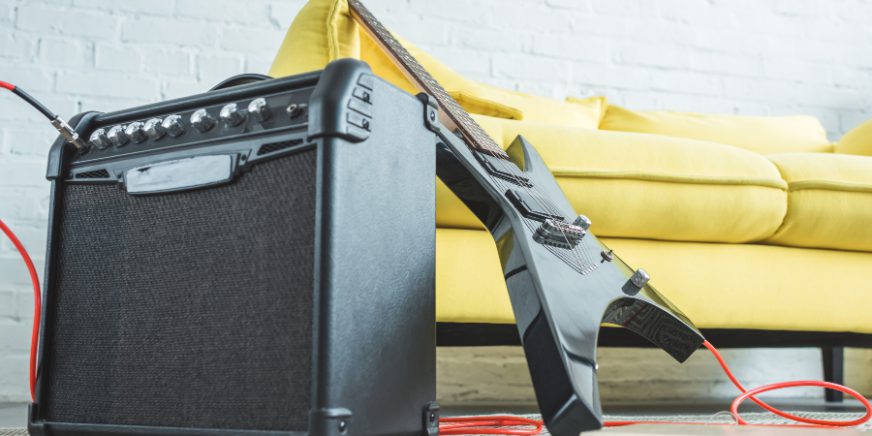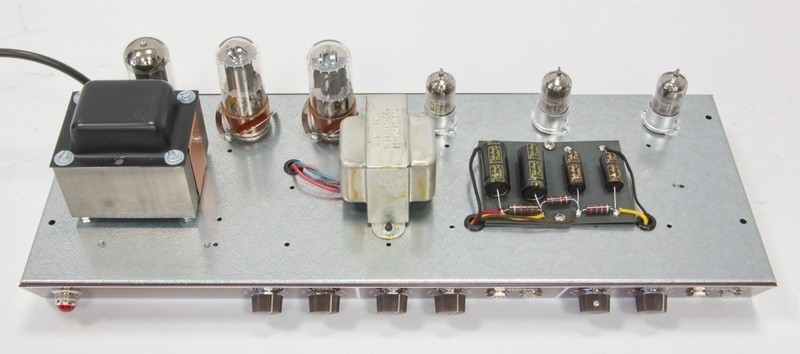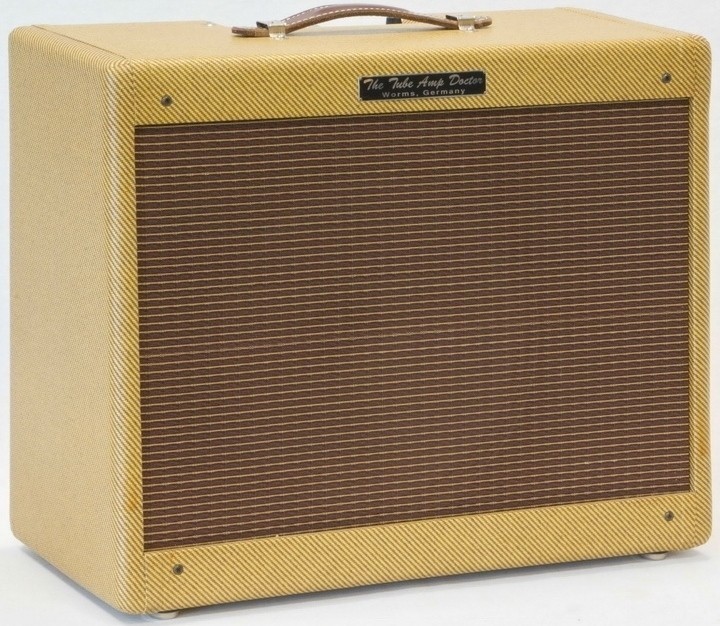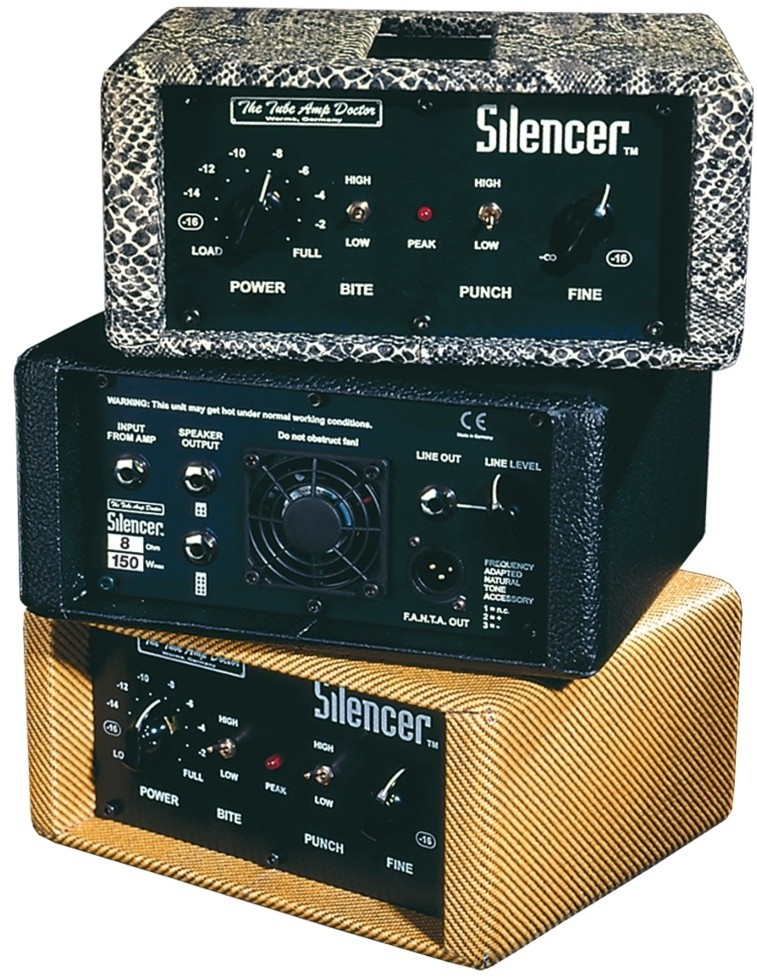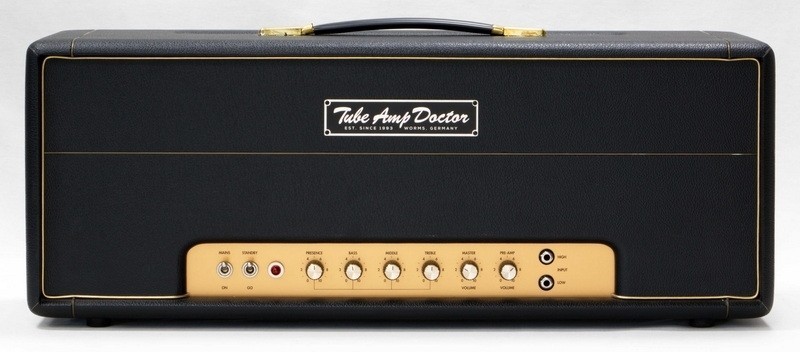« This is how tube sounds in a rental apartment are possible! »
Hearing a real, handmade tube sound from an amplifier in your own living room – for many guitarists this is a lifelong dream. Tube amplifiers are known for a lot of things, but quiet tones and low volume aren’t part of their portfolio at all. To keep an amplifier and a rental contract together for as long as possible, a lot of guitarists make compromises – usually at the expense of at least one factor. We took this circumstance as an opportunity to go on a search for guitar amplifiers with a real tube sound for a rented apartment. What options there are, what needs to be taken into account and what kind of alternatives there are.
Instrumental amps at home – The basic problem
A tube amp for the home is an unattainable dream for many guitarists – the volumes are simply too high. But why can hi-fi amps sound quietly, while the guitar amplifiers from Fender, Marshall and Co. need impossible volumes to “sound”? The answer lies in the different requirements: While hi-fi lovers use their amplifiers for the most distortion-free reproduction possible, “the” tube sound for guitar and bass usually comes from overmodulated tubes. And anyone who’s dealt with the technical basics of the tube amplifier knows that tubes only overmodulate when they’re driven at the load limit. So the volume itself isn’t the problem – it’s just that when the volumes are too low, a lot of useful elements fall out of the tube sound of the guitar amplifiers: the amp no longer sounds ideal.
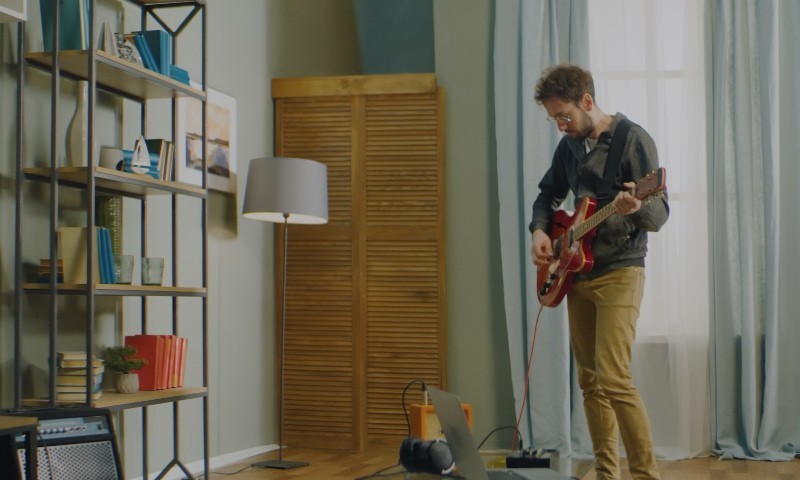
Tube amps for home use vs. transistor amps
So-called bedroom amps are usually built and sold on the market as transistor amplifiers. Why is there no equivalent in the tube area here? Again, the reason lies in the sound: Guitar amplifiers with tubes need a certain load to deliver a good, slightly distorted tube sound. Without this element, the amps come off as less balanced and less dynamic, and lose some of their naturalness. This is where transistor amps can show off with their significantly more economical components. And since the distortion is generated “artificially” here anyway, the sound can be scaled down better.
Tube amp for home use – interim conclusion
Tube amplifiers need power to develop their full sound. In the case of instrumental amplifiers (guitar or bass), this sound is based on a more or less pronounced proportion of distortions which occur in preamp or power amp tubes. Due to differently developed components, transistor amps can circumvent this problem and downscale their own sound better – their quiet sound is as good as their loud sound. But we wouldn’t be the Tube Amp Doctor if the transistor sound was enough for us. So, in the second part, let’s deal with solutions to the problem of too high volume.
Tube amps for home use – solutions
To be able to enjoy a great tube sound even in a rented apartment, manufacturers and users have come up with different ways to be able to keep the volume under control while still experiencing the full sound. We present four possibilities: Low power, power soaks, master volume circuits and headphone solutions. On top of these possibilities, we also give an overview of the advantages and disadvantages of each option.
Option 1: Low power at the tube amp for the home
An obvious way to transfer tube sounds from the stage to your living room at home is to scale the power of the amplifier too low, so that even at full power only relatively low volumes are produced.
The disadvantage is that hearing and acoustic perception are activities which are influenced by our psychology: various studies have found that sound quality is always perceived differently depending on the volume – signals which are played louder are usually interpreted by our ears as being of higher quality. By the way: despite the lower power, a small tube amplifier doesn’t have to live an endless existence in your living room at home. At the latest after a microphonic decrease in the sound, even small amps can be translated into any volume – thanks to PA!
Option 2: Power soak for a tube amplifier for the home
After he’d been looking for a way to enjoy his beloved tube sound at more compatible volumes, Boston guitarist Tom Scholz soon developed the so-called power soak: a small device which is connected between the amp and the box and converts power into heat. This allows the amp to run under full load without transferring all the power to the speakers – end tube interference to discounted noise, so to speak.
The disadvantage of this technology is obvious: power soaks are the opposite of an energy-efficient device and they allow the amp to work under full watt load even at low volumes. Also, the sound is slightly influenced by the power soak – the more power the soak eats up, the more audible the difference becomes. The great advantage of this technique, however, is that even large, stage-ready amplifiers can be played within your own four walls without losing their functionality for a rehearsal room or performance. Especially if you only want to buy one amp, this is a very good solution!
Option 3: Master volume circuit on a tube amplifier for the home
A similar path to the one Tom Scholz took in the 1980s was also taken by major manufacturers: Fender gave some of its amps the master volume circuit. This allows the volume of the amp to be regulated independently of the load of the tube amp and avoids extreme volumes by lowering the level in front of the box. Of course, this circuit also has an influence on the sound of the tubes – the more the master volume interferes with the sound, the more the sound of the tube amplifier for the home will be affected.
Option 4: Headphones
The ultimate solution for all those who want to use their tube amplifier for the home in complete silence is offered by connecting a headphone to the tube amp for the home. Depending on the manufacturer, these outputs are offered at different tube amps and in principle are placed between the power amp and the loudspeaker. If the signal is picked up here by a plugged-in jack, no signal gets to the speakers and the amp remains silent. Of course, the use of headphones isn’t a substitute for the full amp sound perceived with the whole body – but good headphones offer a very good spatial aural impression and can satisfy the desire for a tube amp for the home.
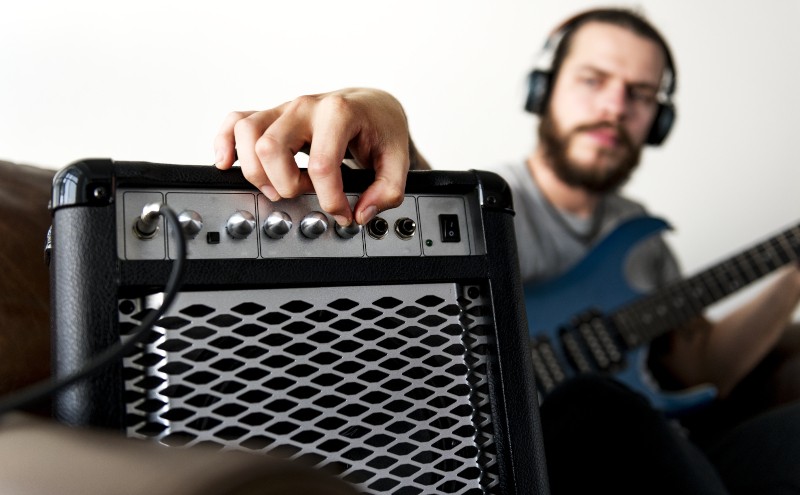
Tube amps for home use – conclusion
So there they are, the solutions for ingenious tube sound in your own four walls. Each of the solutions we’ve presented has its advantages and disadvantages and probably can’t satisfy your desire for a fully opened amp. Nevertheless, lower-performance amps, power soak etc. offer valuable support for everyone who still wants to enjoy their sound at lower volumes. As a rule, we recommend that our customers optimise and select their amplifier depending on the area of application. Anyone who regularly stands in the rehearsal room trying to assert themselves against the snare and cymbal and rarely rehearses at home will probably work best with a “normally” sized amp and power soak. If the focus of your own playing is your living room at home, then small, low-power amps or amps with dedicated headphone outputs offer a very good alternative!
___________________________________________________________________________________________________________________________
Image sources:
Title image: © LIGHTFIELD STUDIOS – stock.adobe.com
Guitarist practices in the living room: © daniilvolkov – stock.adobe.com
Guitarist with headphones practices and adjusts the amplifier: © Rawpixel.com – stock.adobe.com
 Tubeampdoctor Magazin
Tubeampdoctor Magazin
